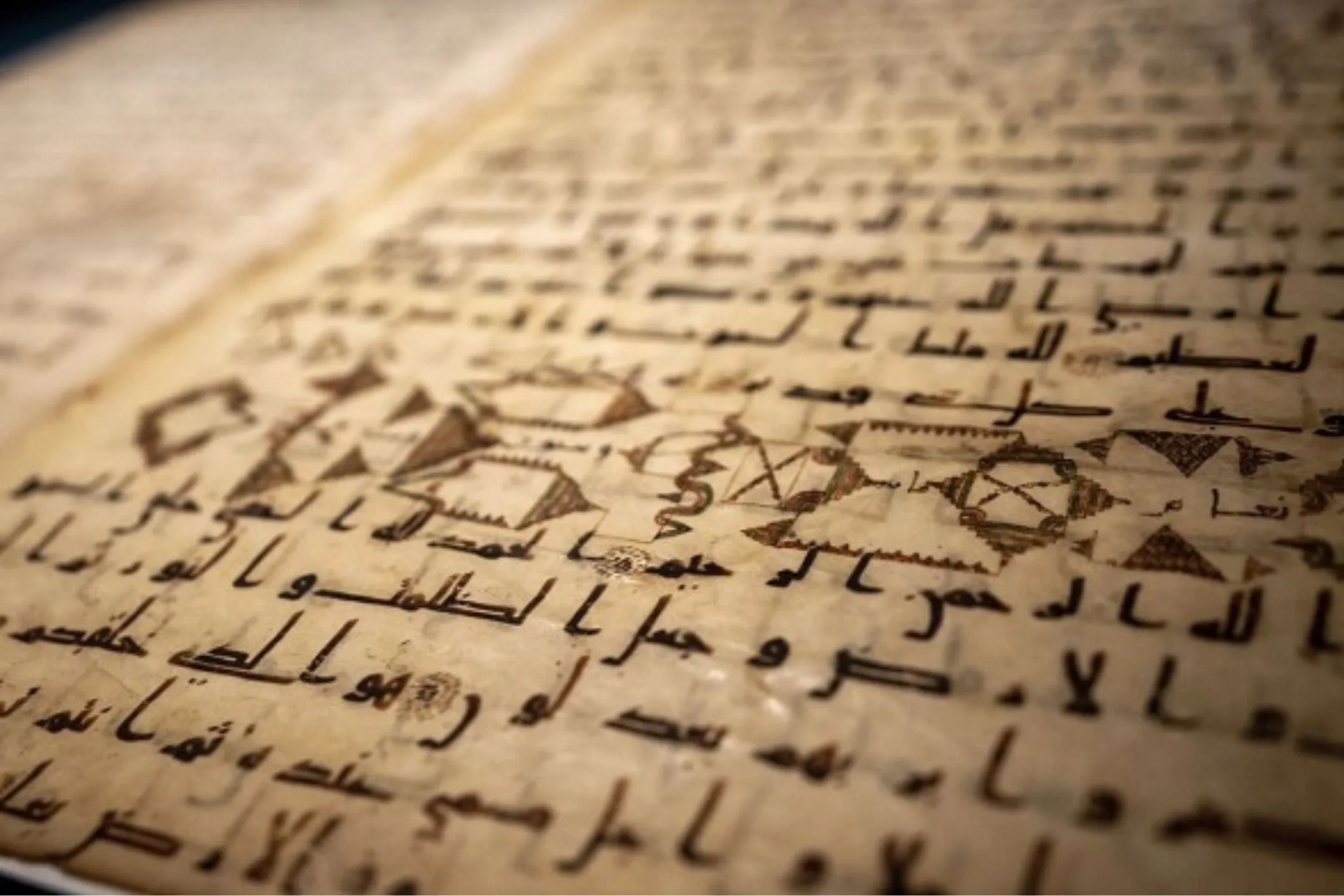 source by: iqna
source by: iqna
The exhibition “The Splendours of Uzbekistan’s Oases” has more than 170 works from the country’s history, such as famous wall paintings, Buddhist sculptures, and data-x-items that were used every day by ancient people.
The main attractions are two pages from the Kattalangar Holy Quran, which is one of the oldest Quran manuscripts still in existence. It dates back to the early days of Islam. It was kept safe for hundreds of years in the cave on top of the mountain. The manuscript is written on parchment in Kufi and Hijazi, which is one of the oldest forms of Arabic script. Each page is about 21 by 14 inches. The Quran was kept for a long time in the Langar Ota mosque in the Qamashi district of the Kashkadarya region of Uzbekistan.
Co-curator of the show is archaeologist Rocco Rante, who has been working and digging in Uzbekistan’s Bukhara Oasis since 2009. On the Silk Road, which ran from the Mediterranean to the Far East, Uzbekistan was one of the most important stops.
The exhibition was put together by the Louvre Museum and the Art and Culture Development Foundation of Uzbekistan. The exhibition takes people on a political and historical journey through Uzbek history, starting in the first century BC and going back 1600 years.
The Louvre Museum will display the works until March 6, 2023. The Road to Samarkand: Miracles of Silk and Gold, another exhibition, too showcases Uzbekistan’s rich culture.
The Louvre Museum highlights Uzbekistan’s history from the fifth-sixth century B.C. to the Timurids, while the Arab World Institute displays 19th- and 20th-century art and Turkestan Avant-Garde paintings from state museums.
